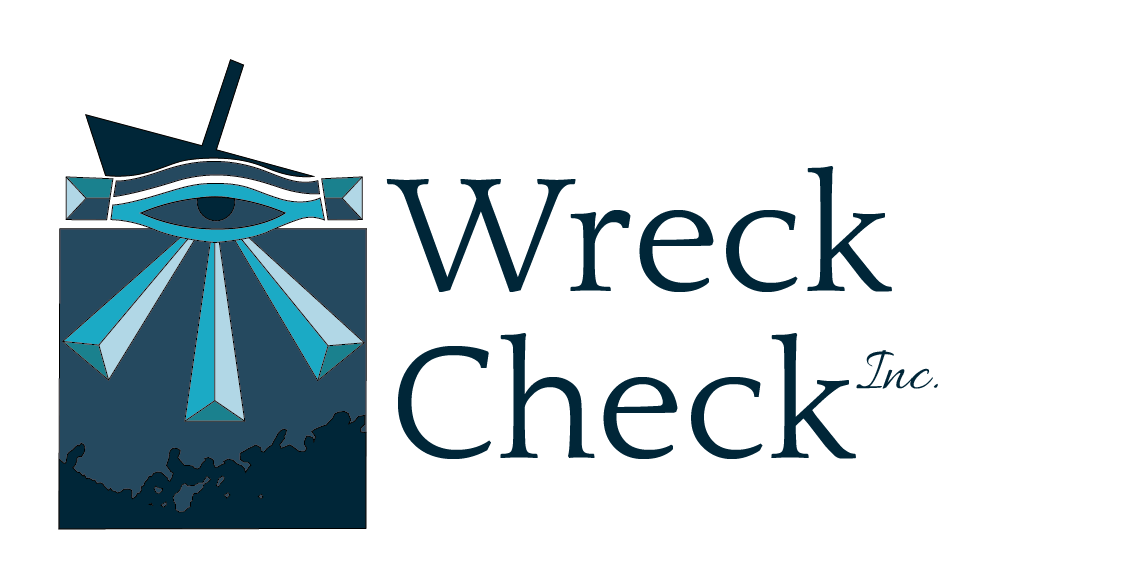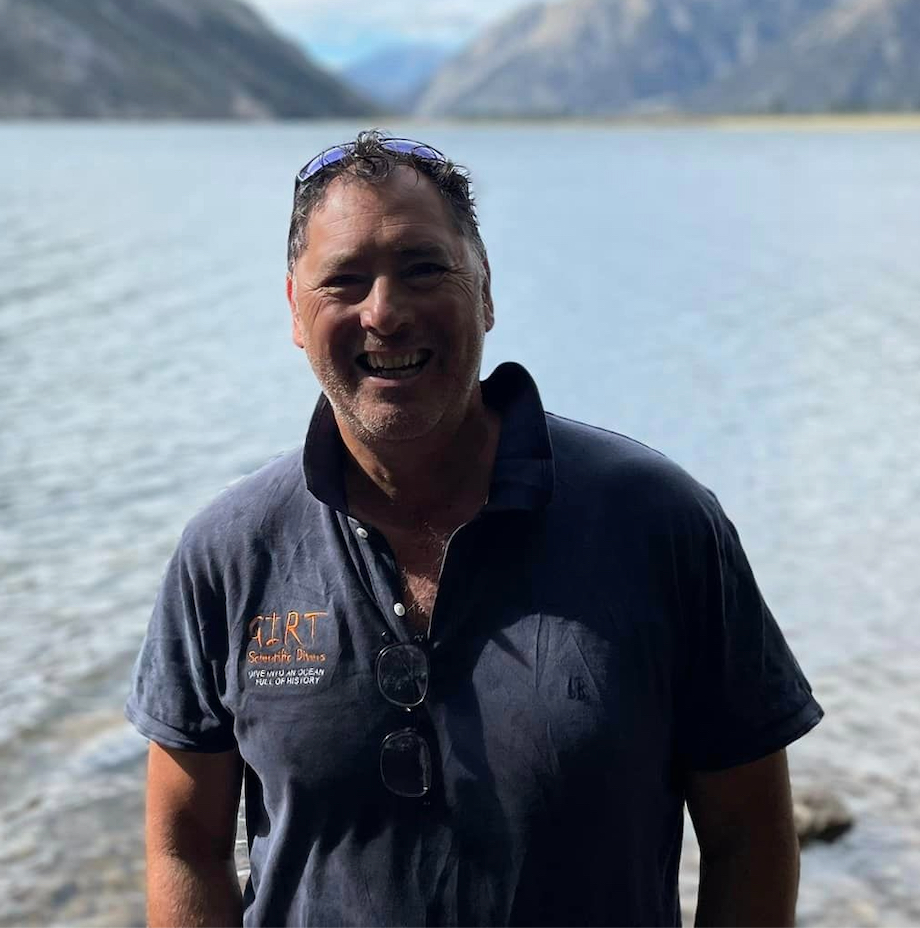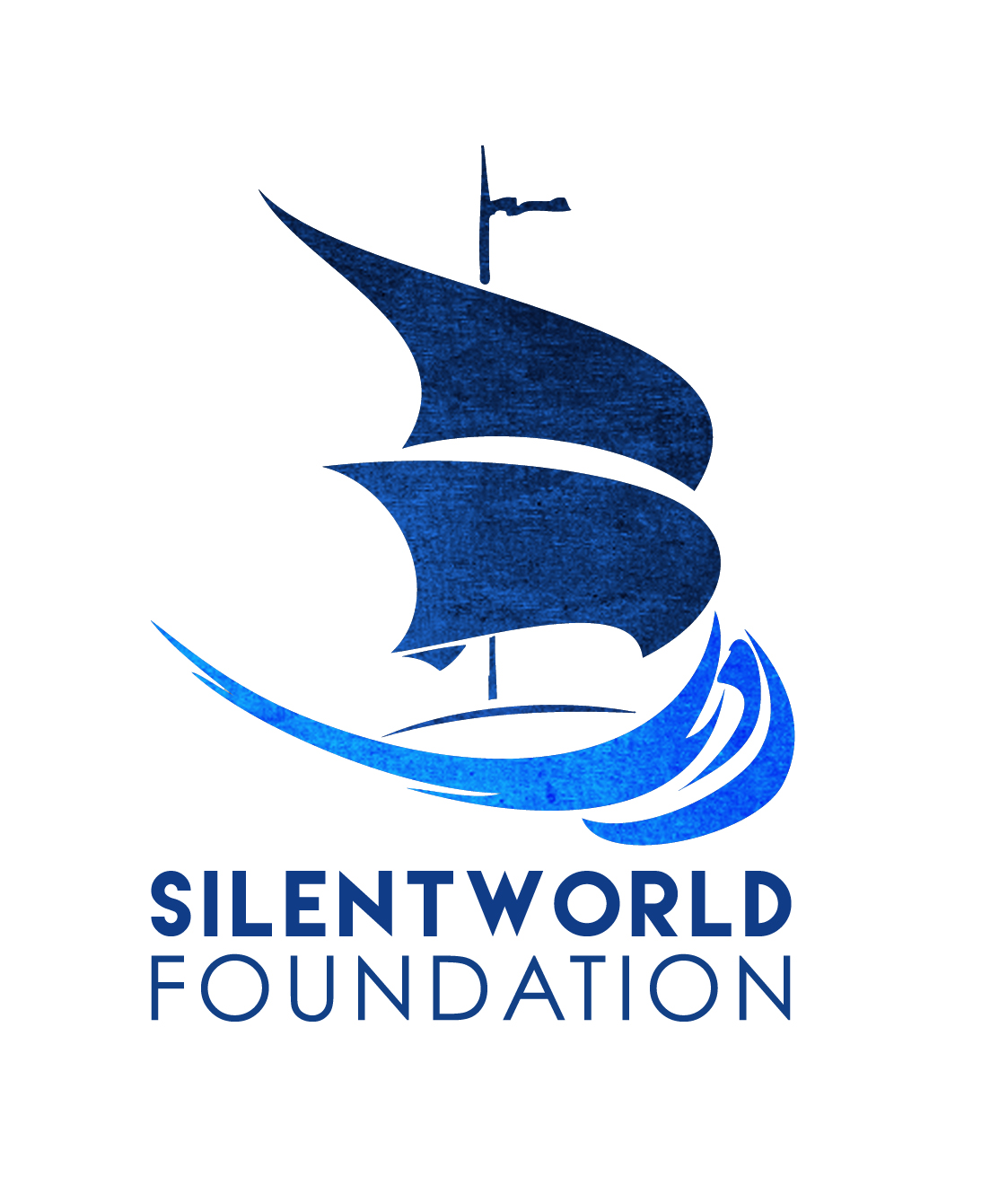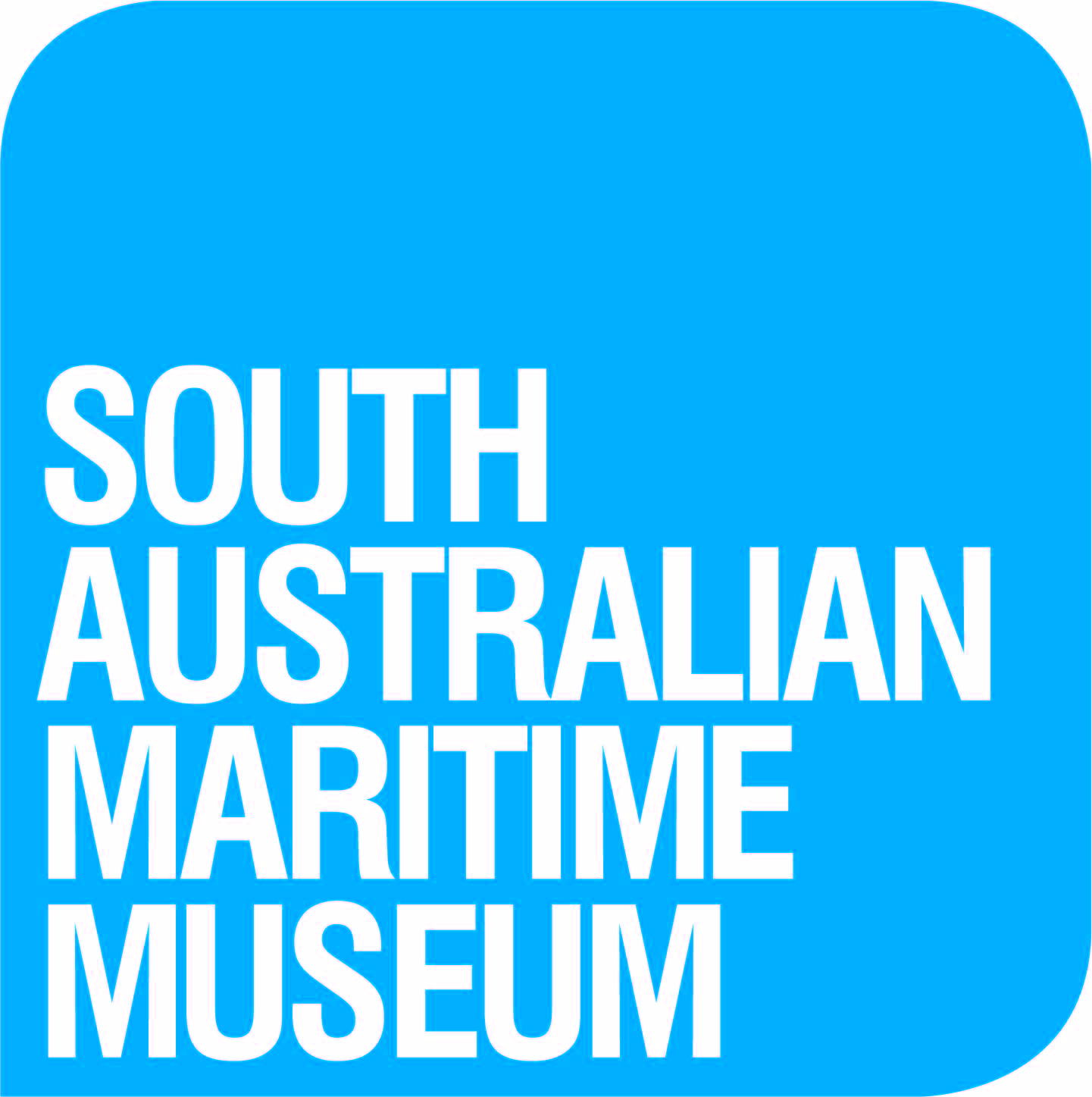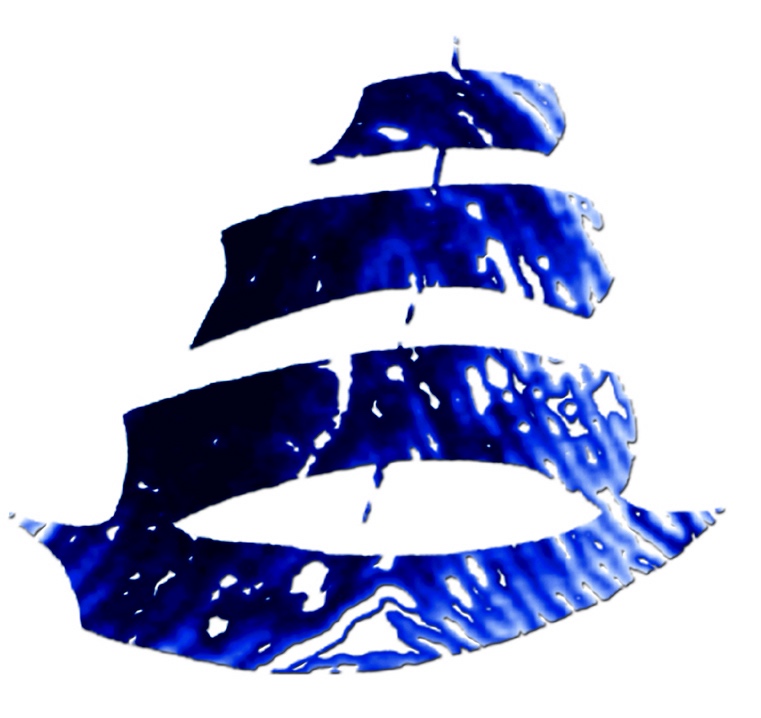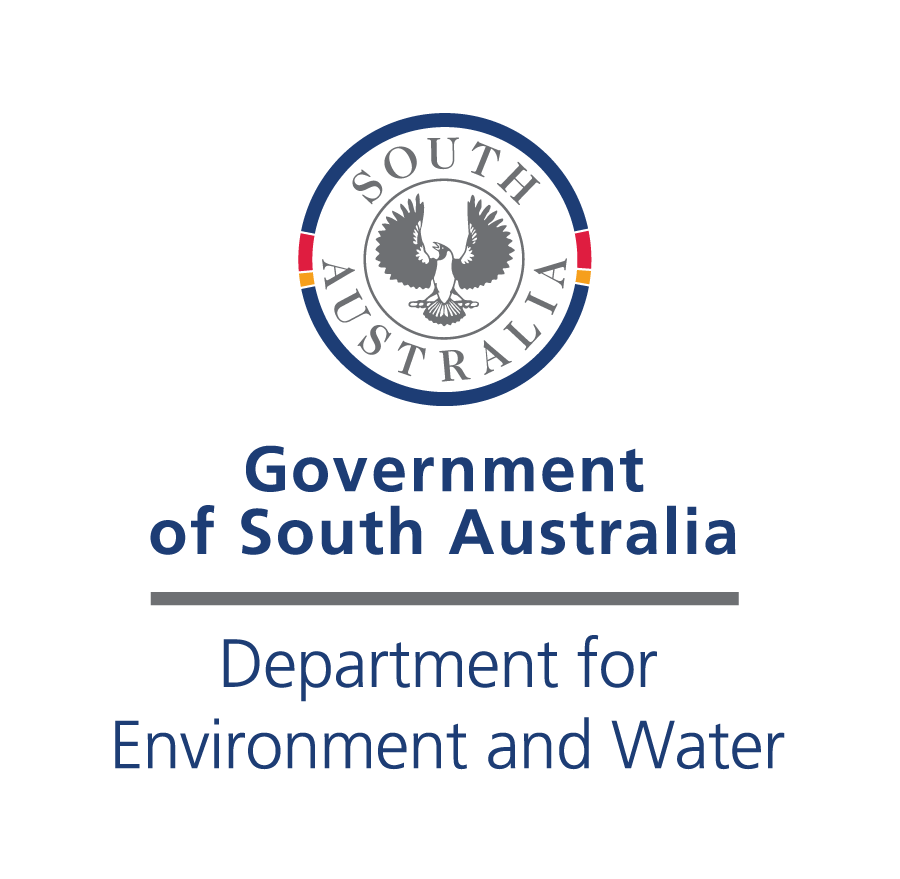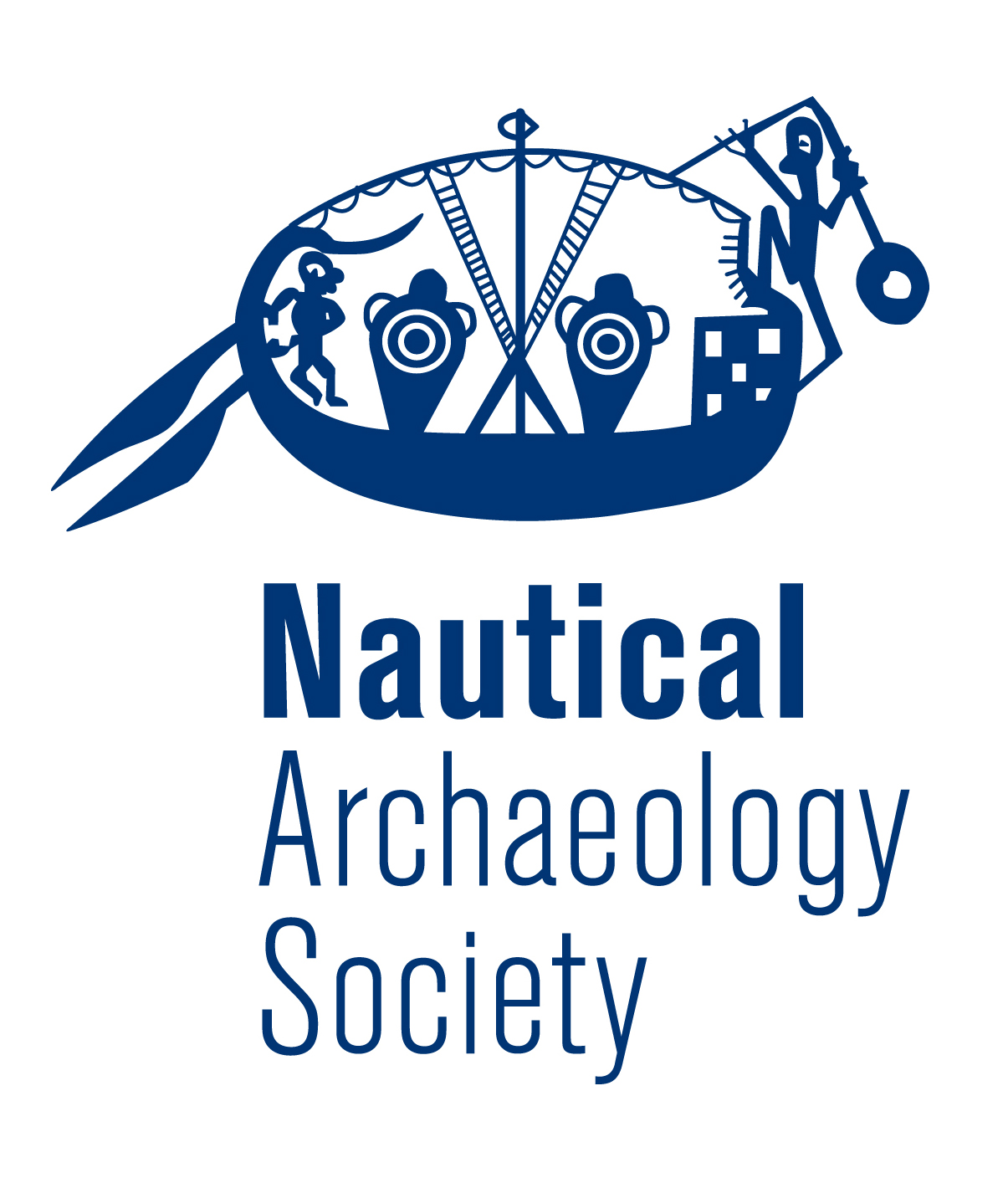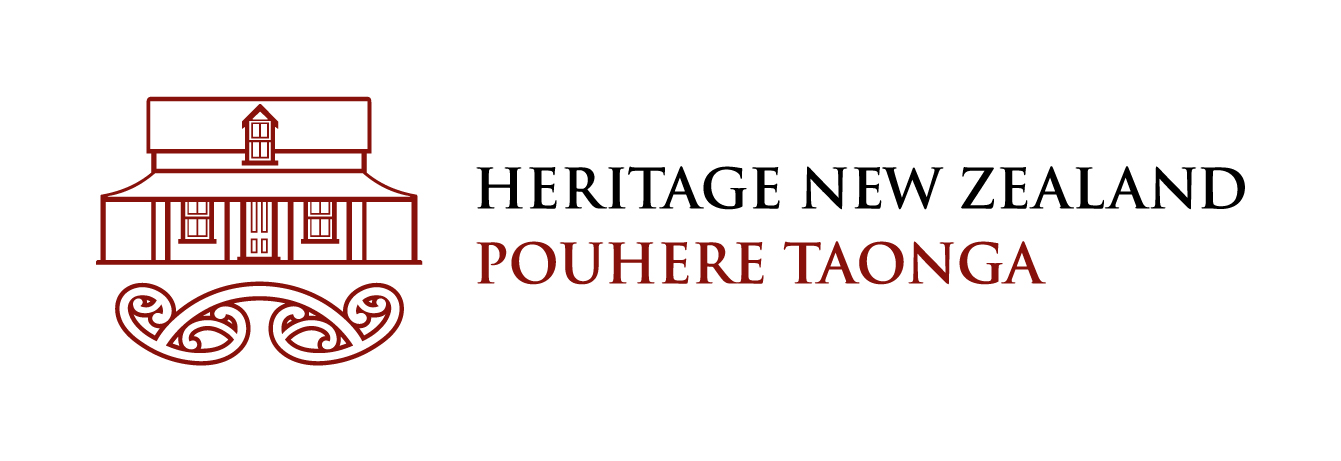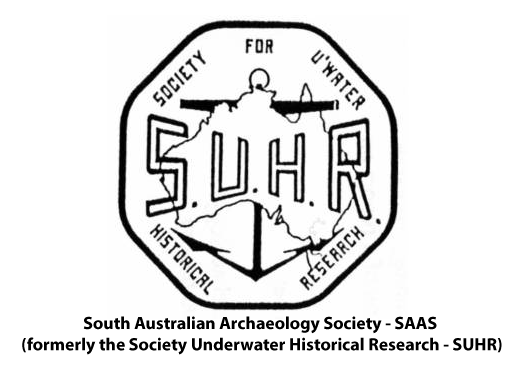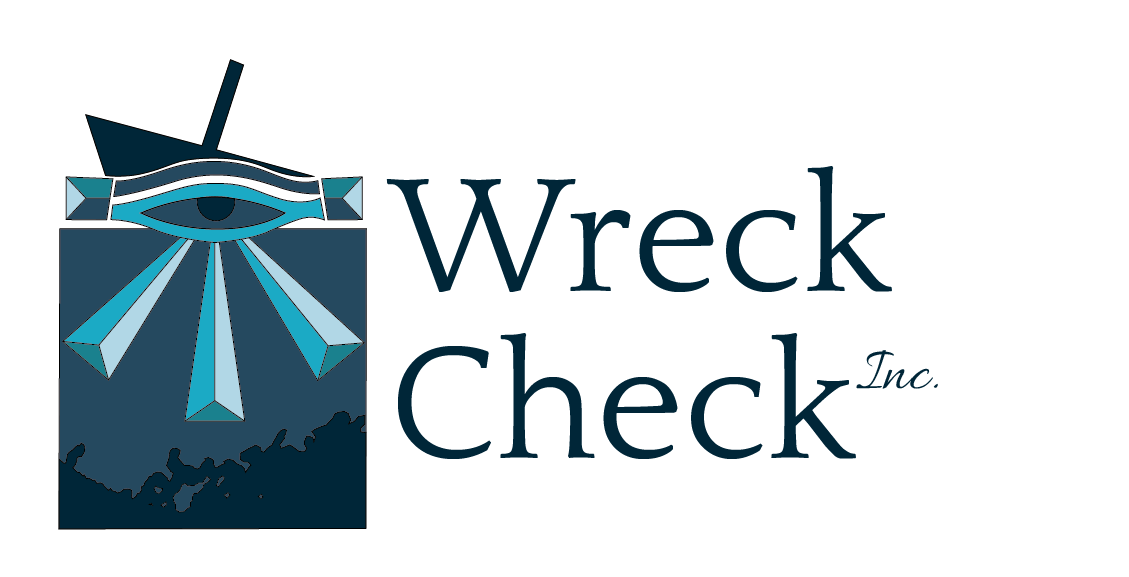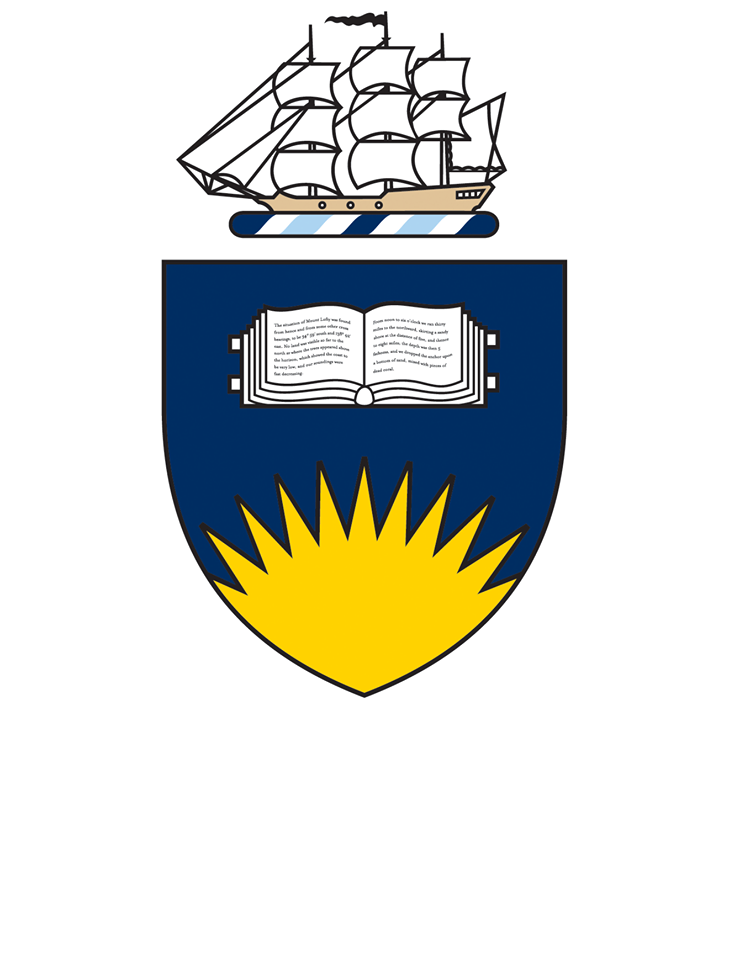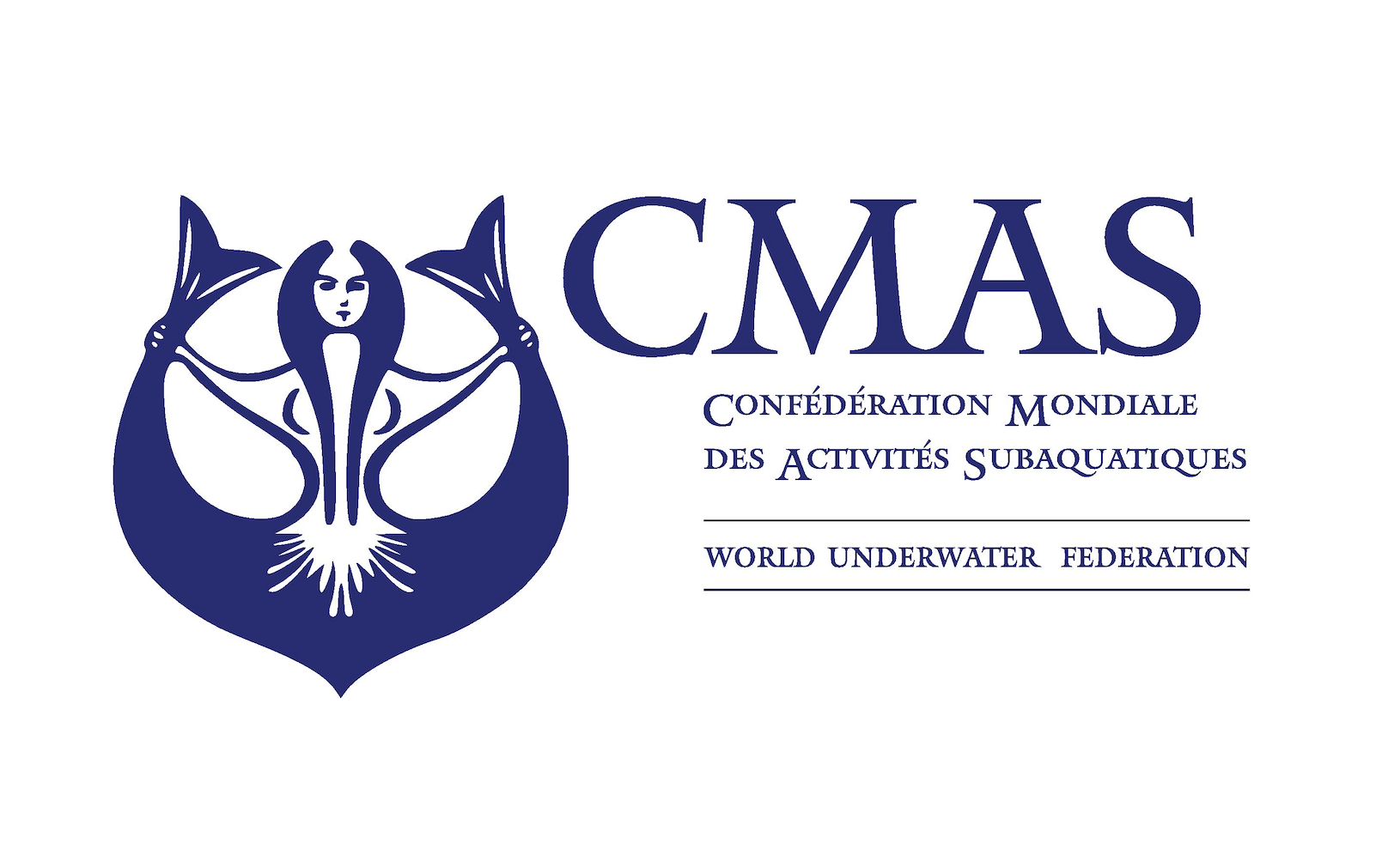The destruction of underwater cultural heritage (UCH) has increased rapidly in the last two hundred years mainly driven by direct and indirect impacts from people. However, with climate change and increasingly violent storm events, a site’s equilibrium with its physical environment is under potentially greater or new threats from natural events.
Gathering Information via Recreational and Technical (GIRT) Scientific Divers is a conservation focused no-impact citizen-science project. It aims to train members to systematically document observable physical and natural features of historic shipwrecks, submerged aircraft and other underwater cultural heritage in an open sea water environment, to facilitate their ongoing protection and management. The focus of the GIRT citizen science project is to enable better understanding of the condition of sites and the factors driving their preservation or deterioration. It also aims to encourage interested people to have an active and positive public archaeology role.
GIRT members (individuals, groups and businesses) ‘adopt-a-wreck’ that is of interest to them and agree to monitor the site using the GIRT documentation methodology bi-annually or as opportunity occurs. Starting in the first year of observations, GIRT members allocate a ‘traffic light’ indication of threat to the site’s preservation (Green, Yellow, Orange, Red) based on observed threats and their likelihood of impact. The adopted wreck's coloured icon shown on the ADOPTED WRECK page of this website changes to reflect the most recent assessment. Submitted survey reports are accessible from the same ADOPTED WRECK page by clicking on the link in the pop up box.
All GIRT survey records are:
•linked to the names of the GIRT members who undertook the survey and their adopted site;
•accessible from the public pages on the GIRT website; and
•accessible as a downloadable PDF for GIRT members personal files or to add to their site’s formal record in a given statutory database (For people living in New Zealand, Papua New Guinea, Solomon Islands and Australia that statutory database is the Australasian Underwater Cultural Heritage Database (AUCHD)).
By being able to add GIRT monitoring records to the AUCHD, or any other statutory database, annual observations of a site’s condition will never be lost and GIRT member contributions will be permanently recognised. Also, promoting the democratisation of information, GIRT member contributions will facilitate a greater understanding of what is happening in our marine coastal environment from climate change and its impact on our underwater cultural heritage. Potentially, with enough GIRT members adding their individual observations, the GIRT citizen science project may be able to go beyond understanding a specific site's ‘equilibrium’ in the environment over time and obtain an understanding of what is happening more broadly to underwater cultural heritage – locally and regionally.
Through your participation in GIRT, you can assist others to easily see the condition of your site, the threats to your adopted site and if there are patterns to events occurring in the marine environment that may impact other nearby wrecks. Through these methods GIRT members can contribute directly to science-based decision making and potentially the prioritisation of activities by relevant authorities or appropriately qualified community groups to protect or undertake rescue archaeology of submerged sites.
In order to collect data on a site, members need access to a camera with an underwater housing, 30m tape, photography scales, slate and pencil and GIRT monitoring templates printed on waterproof paper (besides standard dive gear). Once data has been collected, GIRT members will be encouraged to compare their results with other members, lead the analysis of aspects of research (i.e. marine life, correlation of storm data with observed sediment movements, modelling observed change to other proximal sites…..) and present the results of their surveys or broader analysis of their adopted site and collected data at conferences such as the Australasian Institute for Maritime Archaeology (AIMA) annual conference.
So, if you are qualified diver with an Advanced Open Water qualification and have at least 50 logged dives (& at least 10 in the past year), and passionate about preserving our underwater cultural heritage for the future and love diving shipwrecks, submerged aircraft or other underwater cultural heritage, then JOIN GIRT!
Interesting fact: The term GIRT is not only an acronym for this citizen science programme but a nod to the word in the Australian National Anthem: Australians all let us rejoice, For we are one and free; We’ve golden soil and wealth for toil; Our home is girt by sea........ The definition of Girt means surrounded by or encircled.
